
Sanskrit College, Calcutta
A commemorative postage stamp on the 175th Anniversary of the Sanskrit College and University, a state university in Kolkata :

 Issued by India
Issued by India
Issued on Feb 25, 1999
Issued for : The Department of Posts is happy to issue a commemorative stamp on this august institution.
Credits :
Stamp & FDC : Based on material supplied by the sponsors.
Cancellation : Alka Sharma
Type : Stamp, Mint Condition
Colour : Two Colour
Denomination : 300 Paise
Overall size : 3.91 X 2.90 cms.
Printing size : 3.55 X 2.54 cms.
Perforation : 13 x 13
Paper : Imported un w/m Adhesive Gravure Coated stamp paper in sheets 50.8 x 53.5 cms.
Stamps Printed : 0.7 Million
Number per issue sheet : 35
Printing Process : Photogravure
Printer : India Security Press, Nashik
About :
- The Sanskrit College, Calcutta, founded on 1st January, 1824, completes 175 years in 1999. It is one of the oldest educational institutions in the sub-continent and has maintained its reputation for scholarship and teaching up to this day.
- The college was established to promote and disseminate Sanskrit learning in the country. The foundation of the Sanskrit College is a landmark in the history of education in Bengal, for through Sanskrit learning it was contemplated to impart ‘useful learning’ to all sections of Indians irrespective of their religious faith.
- The Sanskrit College initially functioned in a rented house but later shifted its own building, the foundation stone for which was laid on the 25th February, 1824. A great British Indologist, Dr. H.H. Wilson took a major role in establishing this College. Major A. Price was the First Secretary of this College who retired in 1832 (at that time the post of Principal had not been created). In the early period of the College, teachers like Pandit Joygopal Tarkalankar and Pandit Premchand Tarkavagish rose to eminence. Subjects such as Vyakarana (Mugdhabodha), Rhetorics (Alamkara), Kavya, Darsana (Nyaya, Vedanta, Samkhya, Mimamsa), Smriti, Jyotisha, Ayurveda and Puravritta (Purana or Mythology) were taught by renowned Sanskrit scholars. Subsequently in 1828 English was introduced as an additional subject.
- Pandit Iswar Chandra Vidyasagar who entered this College as a student in 1829, completed his studies in 1841 and became the first Principal of this College in 1851. He made vigorous attempts to reorient the curricula of Sanskrit studies and made English a compulsory subject. A student of this College obtained B.A. degree for the first time in 1860. Pandit Mahesh Chandra Nyayaratna introduced the Public Sanskrit examination by conferring the ‘TIRTHA’ title to successful students in different branches of Sanskrit.
- Under the principalship of Dr. Sadananda Bhaduri, the Post Graduate Research Department was started in 1951 and eminent scholars were appointed Research Professors in different branches in Sanskrit. Another eminent personality who elevated the stature of the College by his untiring efforts was Dr. Gaurinath Sastri.
- The College has a branch for graduate degree in arts, a Post Graduate Training and Research Department, an Oriental Tol or Chatuspati, a Research Publication Department, a Research Journal of international repute called ‘Our Heritage’, a foreign language department, a vast collection of invaluable Sanskrit and Pali manuscripts numbering approximately 25,000, a library with more than 100,000 invaluable printed volumes and two museums in the name of Pandit Iswar Chandra Vidyasagar and Mahamahopadhyay Haraprasad Sastri.
- Text : Based on material supplied by the sponsors.


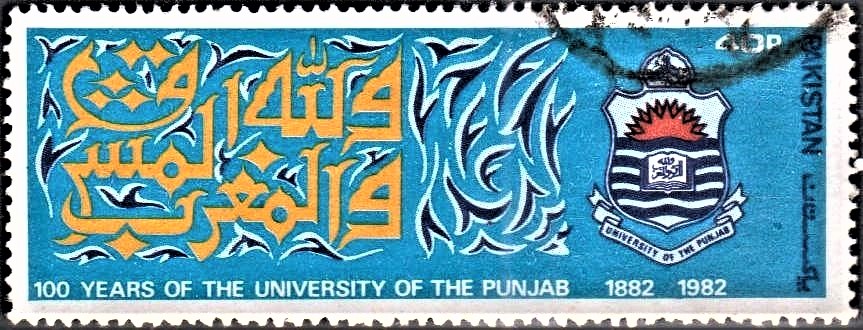
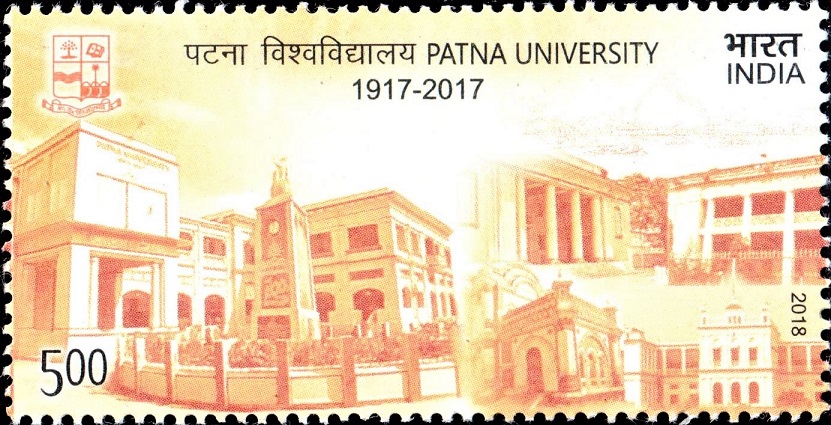
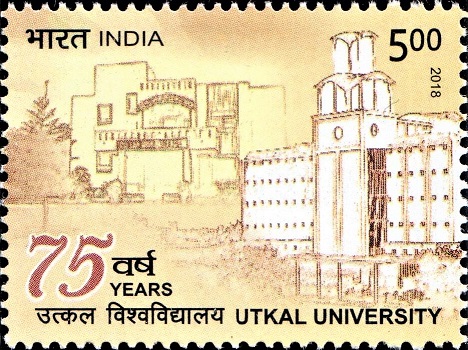
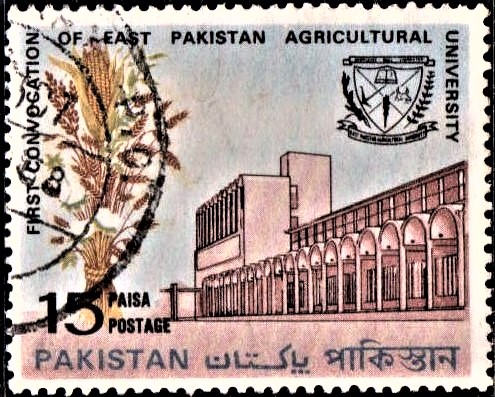
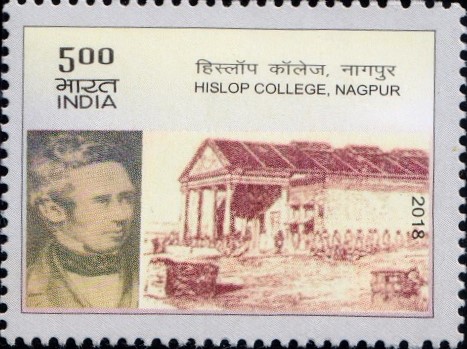

[…] Bandyopadhyay. After initial schooling in the village Pathshala, he entered the Government Sanskrit College in 1829. His career in the Sanskrit College upto 1841 is distinguished by his amazing attainment in […]
[…] native doctors, a vernacular medical school was started in October, 1824. Classes were held in the Sanskrit College and Calcutta Madrassa. The enthusiasm and excellence of the students soon proved the teaching […]
[…] Bandyopadhyay. After initial schooling in the village Pathshala, he entered the Government Sanskrit College in 1829. His career in the Sanskrit College upto 1841 is distinguished by his amazing attainment in […]
[…] had his early education at Jorhat Govt. High School, then Cotton College, Guwahati (1913-15), Sanskrit College, Calcutta (1915-17), Calcutta University (1917-19), Oxford University, England (1920-23), Paris […]
[…] father’s death, the family returned to Calcutta where Abanindranath spent some years at the Sanskrit College where he developed a love for Indian classics. He also studied music and later started to have […]